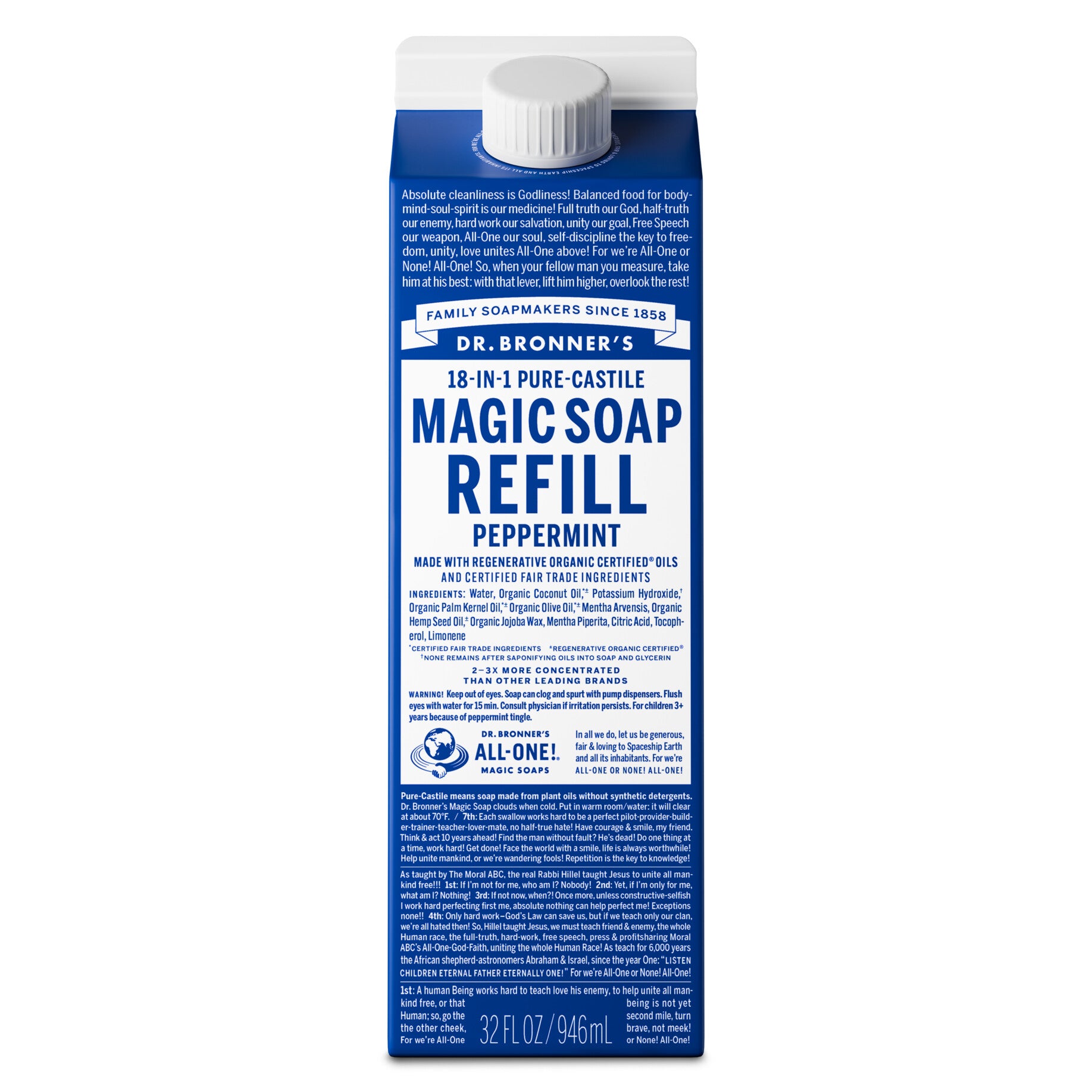If you’ve started seeing the Regenerative Organic Certified® (ROC™) seal on more products and wondered what it really means, you’re not alone. Many shoppers care deeply about how their food, clothes, and body care products are made—but it can be hard to sort through all the labels and claims on store shelves.
Here’s the good news: regenerative organic agriculture is more than just another marketing buzzword. It’s a proven way of farming that goes beyond “less harm” to actively restore soil, protect animals, and support farmers and workers.
The easiest way to know if a product truly comes from this kind of farming? Look for the ROC™ seal, verified by the nonprofit Regenerative Organic Alliance.
Table of Contents
The Simple Definition
At its core, regenerative organic agriculture is a whole system approach to farming and land management. That means it doesn’t focus on a single practice, but rather on creating balance across the entire ecosystem. Three big principles define it:
Healthy soil that stores carbon, holds water, and supports biodiversity.
High animal welfare standards with real pasture access—not factory-style confinement.
Fair treatment for farmers and workers , including safe conditions and the pursuit of living wages [1 ].
Unlike conventional agriculture, which often extracts more than it gives back, regenerative organic agriculture works in harmony with nature. And unlike organic alone, ROC™ ensures these values extend to animals and people, too.
Back to top
How ROC™ Builds on “Organic”
Think of ROC as “organic plus.” Organic certification is the baseline—it guarantees no synthetic pesticides, herbicides, or GMOs. But ROC goes further by adding three interconnected pillars:
Soil Health & Land Management – Practices like cover cropping, crop rotation, agroforestry, and reduced tillage help rebuild soil fertility over time. Healthier soil can store more carbon, hold more water, and support more life.
Animal Welfare – ROC relies on strict standards that prioritize the well-being of animals. That means meaningful access to pasture, freedom to move naturally, and the rejection of industrial confinement models.
Farmer & Worker Fairness – From banning child and forced labor to protecting freedom of association and requiring safe conditions, ROC recognizes that a system isn’t truly regenerative if it doesn’t uplift people.
Certification comes in three levels—Bronze , Silver , and Gold —encouraging farms and brands to keep improving over time. Bronze shows a strong start, Silver represents majority compliance, and Gold means the highest bar has been achieved across all three pillars [2 ].
Back to top
How to Read Labels
Shopping with values in mind can feel overwhelming. That’s why ROC has clear rules about how its name and seal appear on packaging:
Single-ingredient products (like coffee, cocoa, or coconut oil) may carry the full ROC seal.
Multi-ingredient products (like a chocolate bar or a bottle of soap) may instead say “Made with Regenerative Organic Certified® [ingredients].”
Importantly, companies can’t just use the words “regenerative organic” without certification. This protects shoppers from greenwashing and ensures claims are backed by audits and USDA Organic rules.
(Tip: Dr. Bronner’s labels always spell this out clearly—for example, “Made with Regenerative Organic Certified® oils”—so you know which ingredients meet the standard.)
Back to top
Why It Matters
Every ROC purchase is a vote for a different kind of agriculture:
For the Earth: Healthier soils draw down carbon, improve biodiversity, and help farms withstand droughts and floods.
For animals: ROC’s standards go beyond the minimum, ensuring animals are treated with dignity.
For people: Safer working conditions, fair pay, and stronger communities are all part of the package.
And because ROC is built on top of organic, you don’t have to choose between values. You get it all in one trusted seal.
Back to top
How Big Is the Movement?
ROC isn’t just an idea—it’s a rapidly growing movement:
2,600+ ROC™ products are already available across food, fiber, and body care.
319 licensed brands are committed to the standard.
19.4 million+ acres worldwide are certified under ROC.
67,000+ farms and smallholders are part of the supply chain.
Awareness is rising, too. More shoppers have heard of “regenerative,” though many still want help understanding what it means. ROC fills that gap by setting a clear, consistent standard that anyone can trust [3 ].
Back to top
Why Dr. Bronner’s Cares
Dr. Bronner’s helped co-found ROC in 2018 with Rodale Institute and Patagonia because we saw a real risk: “regenerative” becoming just another buzzword. Without clear rules, brands could make the claim without meaningful action.
ROC changes that. It’s third-party verified, audited annually, and designed to ensure that when you see the seal, you know the claim is real. For us, it’s about staying true to our mission: making products that are good for you, good for farmers, and good for the Earth. Currently, all of our liquid and bar soaps are made with ROC oils.
Back to top
The Bottom Line
Regenerative organic agriculture offers a practical, hopeful path forward for how we grow food, fiber, and body-care ingredients. And the Regenerative Organic Certified® seal gives you the power to choose it—confidently and consistently.
The next time you reach for a bottle of soap, a bag of rice, or a cotton tee, look for the ROC™ seal. That small act connects you to farming that heals soil, respects animals, and uplifts workers.
It’s a choice that truly makes a difference—from the ground up.
Back to top



